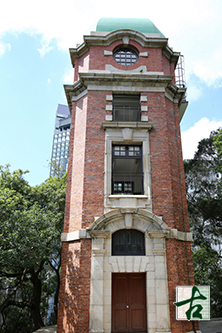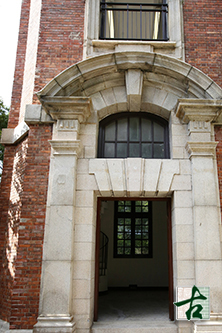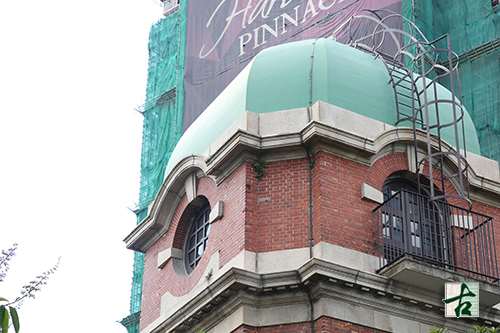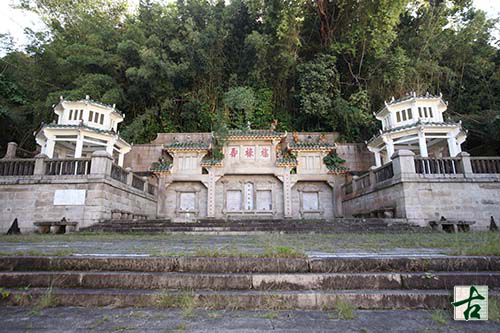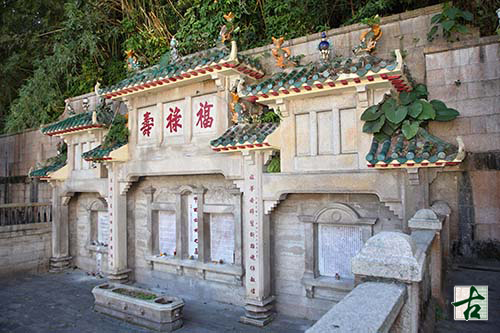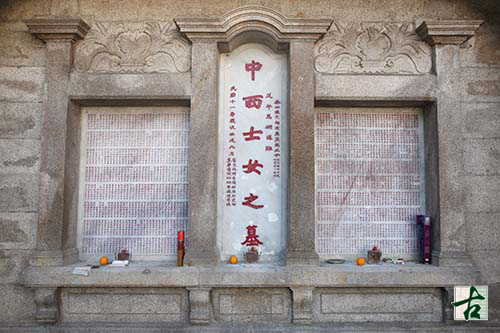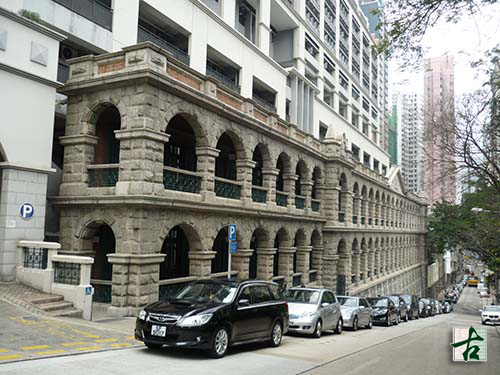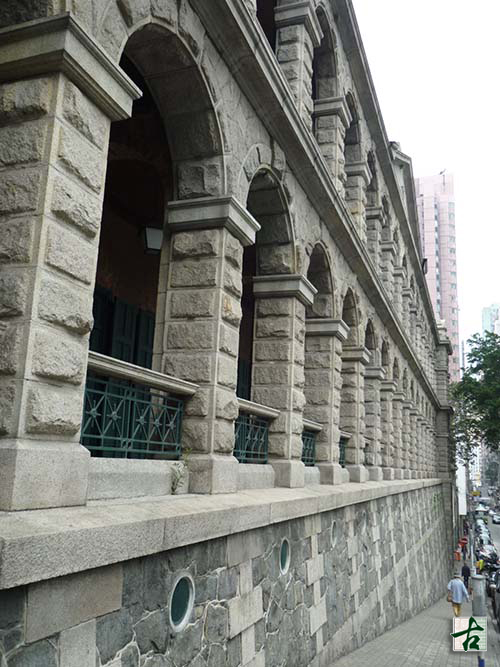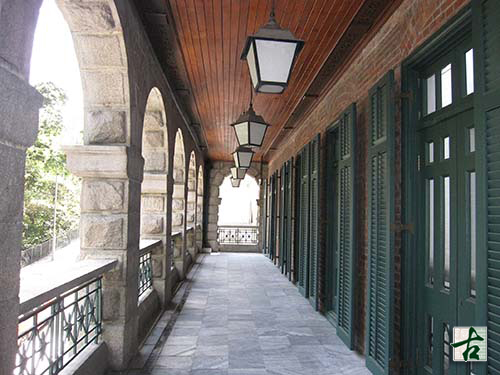The Government today (October 23) announced that the Antiquities Authority (i.e. the Secretary for Development) has declared the Signal Tower at Blackhead Point, Tsim Sha Tsui, the Race Course Fire Memorial at So Kon Po, and the facade of the Old Mental Hospital at Sai Ying Pun as monuments under the Antiquities and Monuments Ordinance. The notice of the declaration was gazetted today.
The Signal Tower in the Signal Hill Garden at Blackhead Point, Tsim Sha Tsui, was built in 1907 by the Hong Kong Observatory to house a time-ball apparatus that was previously located in the nearby Round House of the Former Marine Police Headquarters. It was one of the two buildings constructed in Hong Kong for signalling accurate time to mariners and the public. The time-ball service at the Signal Tower commenced on January 8, 1908 and ceased on June 30, 1933. The Signal Tower has become a unique landmark of the Signal Hill Garden.
The Signal Tower was originally 42 feet high with three storeys. A storey of about 20 feet was added in 1927 to enhance the Signal Tower’s visibility. It was built to a heavy Classical Baroque design incorporating popular Edwardian decorative features of the time, which combined red brickwork with contrasting lighter colour stone architectural features. It is also a square-shaped building with elegant chamfered corners, as compared to the usual square corners. The brickwork is in “English Bond” of specially-made red bricks, while the stonework is of carved local granite.
The Race Course Fire Memorial was erected in 1922 to pay respect to those who died in the fire which broke out on February 26, 1918 (the second day of the annual “Derby Day” races) at the Racecourse in Happy Valley. The Memorial, situated at the hillside above the present Hong Kong Stadium at So Kon Po, is the only memorial in Hong Kong dedicated to the victims who died in this disastrous fire.
The Memorial comprises two Pavilions on the topmost terrace, the central Memorial Arch on the next lower terrace and a pair of Pagodas built on the lowest terrace. Each terrace is paved with granite slabs, includes balustraded parapets and is connected by flights of granite steps. The front retaining granite wall supporting the lowest terrace is curved in the traditional shape of a Chinese grave. The whole composition shows great architectural talent in cleverly combining both Western classical and traditional Chinese architectural elements.
Completed in 1892, the Old Mental Hospital at 2 High Street was originally constructed as the Medical Staff Quarters of the Government Civil Hospital. To relieve the crowdedness of the Mental Hospital at 45 Eastern Street (currently the Eastern Street Methadone Clinic), the building was converted into the wards for the mentally-ill female patients in 1939. Served as additional wards of the Mental Hospital at 45 Eastern Street from 1939 to 1961, the building was also known as the Mental Hospital. After the opening of the Castle Peak Hospital in 1961, the Old Mental Hospital was converted into an out-patient clinic for the mentally-ill until 1971. Since then, the Old Mental Hospital was left vacant. In 1998, works commenced to redevelop the site into Sai Ying Pun Community Complex, with the exceptional granite facade of the Old Mental Hospital preserved intact. The facade is one of the oldest surviving structures testifying the development of mental care services in Hong Kong.
The existing facade of the Old Mental Hospital is L-shaped in plan, and comprises a wide verandah along the long side facing High Street, and its short side elevation facing Eastern Street. The heavy Early-Baroque features, including wide arched verandah and lower level of rusticated granite blocks, create an appearance of strength and impregnability. This style of Early-Baroque architecture is also rare in Hong Kong, particularly as it was accurately constructed using local materials.
Information on the three monuments is available on the heritage conservation website of the Development Bureau (www.heritage.gov.hk).
